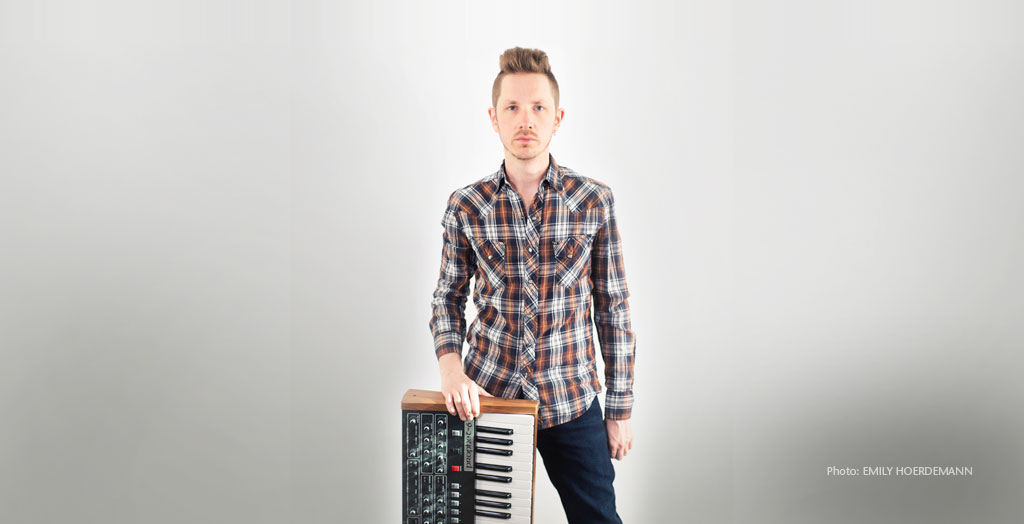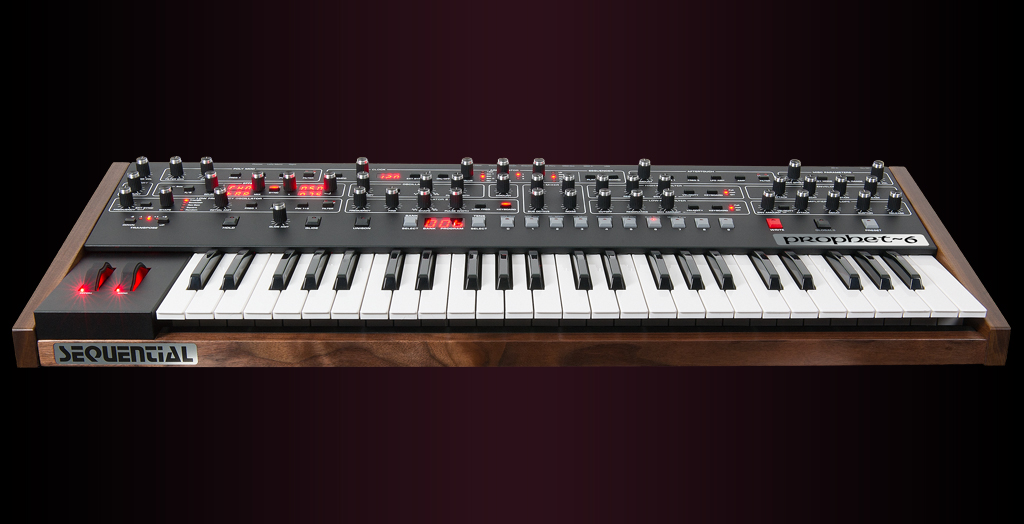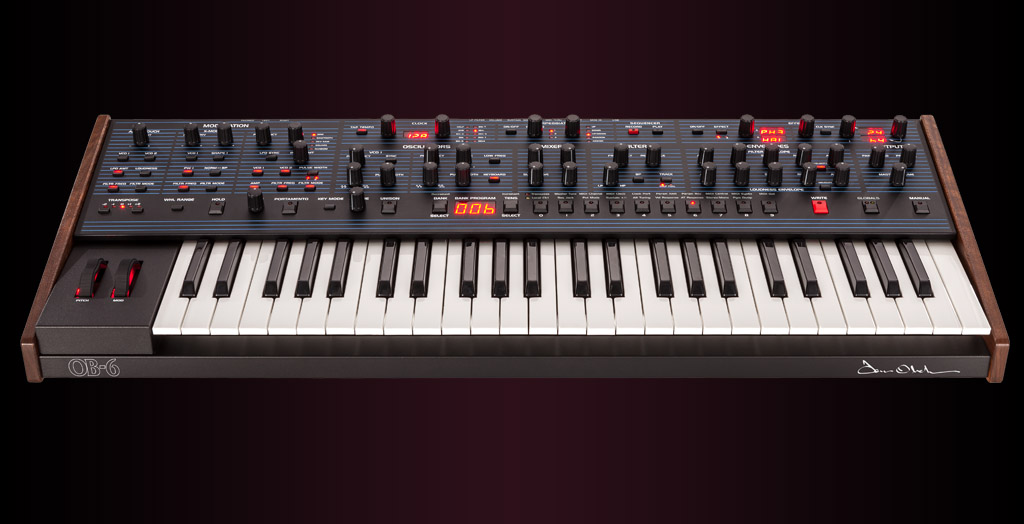
Featured Artist Julian Pollack
Gear Used

Julian Pollack/J3PO is a pianist, keyboardist, and producer. Described by Timeout New York as a musician who “deftly balances virtuosity with tenderness,” Julian is an in-demand sideman as well as a leader of his own projects. When he was 18 years old, having just moved to New York City from his native California hometown of Berkeley, he was featured on Piano Jazz, hosted by Marianne McPartland, the syndicated NPR radio program. Professionally, Julian has recorded and performed with the likes of Marcus Miller, Michael League (Snarky Puppy), Louis Cato (The Tonight Show with Stephen Colbert), David Binney, The Lesson GK, Matt Chamberlain, Tim Lefebvre, Mike “Maz” Maher (Snarky Puppy), Grace Kelly, Ari Hoenig, Chris Bullock (Snarky Puppy), Nir Felder, Gil Goldstein (Esperanza Spalding), Chase Baird (Antonio Sanchez), Amanda Brown (Adele), Evan “EMAR” Marien, Grace Weber, and many others. He has played an integral role in the band The Lesson GK, which has held the famed “Lesson” Jam Session at Arlene’s Grocery on the Lower East Side of New York every Thursday night for many years. In 2019, Julian (as J3PO) will release his new album Small Plates, a collection of 12 tracks that range from simple lo-fi beats to complex jazztronica future house joints. Inspired by analog synths and sample-based music, the album fuses Julian’s love for today’s contemporary production styles with a nod to the jazz tradition and the spontaneity of live music and improvisation. Julian lives in Los Angeles, California.
We chatted with Julian on how he’s using Sequential’s instruments in his music.
How did you first get started with music?
My folks are both classical musicians and my mother is a concert pianist. I mistakenly asked her to give me piano lessons when I was 5-years-old because I saw that my friends were studying with her. I was excited about my first lesson, but then quickly lost interest. Luckily, she forced me to continue studying. I studied classical piano with her, then jazz piano with Susan Muscarella at the California Jazz Conservatory in Berkeley (back when it was called The Jazz School). I played and studied all throughout my childhood in the Bay Area, then went on to study at NYU in New York.
It seems that some musicians have a sort of “eureka” moment in their early years where the light bulb comes on and they realize “This is what I need to be doing.” Do you recall anything like that for you?
It sort of happened very naturally. I think by the time I was half way through middle school, I was pretty set on being a musician. I didn’t know exactly where I’d end up, but I knew for sure I wanted to be fully dedicated to music.
Tell us about your first synth.
Well, it wasn’t my first synth, but it was the first keyboard we had in my family in my very early years: The Prophet-5! My dad had it. Unfortunately it was stolen when I was very young. When I got older, I had stuff like Motifs, digital organs, and so on, but no analog or analog-style synths. Honestly, my first actual synth was the Prophet-6. That opened up the floodgates to the collection I have now.
Do you usually design your own sounds? If so, how do you approach that? Do you have a process?
Most of the time, I design my own sounds. It’s rare that I use presets on analog/hardware synths. I find the process of designing my own sounds really fun, and it also gives me room for expression when I’m playing because I know exactly how the sound is constructed. Also, when I’m selecting my own presets, I know exactly how they fit in certain contexts. Lastly, I love manipulating my presets on-the-fly during performances. I feel like I’m reacting with the whole instrument rather than just the white notes and the black notes.
What gets you excited about an instrument?
Features and sound quality. That’s why I love Sequential instruments so much. Tons of features and the sound is always top quality. Some other synths may sound great but are a pain to program or can’t do certain things. Or, on the other hand, you may have a synth that has every modulation capability in the world, but the sound of the instrument is so-so.
When you get a musical idea how do you go about developing it? Can you give us an example?
I generally try and figure out what the “B” section is once I’ve got an idea going. It’s how the A and the B interact and their contrast the leads to something that I complete.
Do you have certain musical ideals? Certain things that you strive for?
I have a diverse background and education in music, but when I’m creating music for myself or on tour with the various acts I play with, I draw heavily from my jazz background and my experience playing hip-hop and soul. Also, I strive to connect rather than to impress. Impressing can be part of connecting, but it certainly isn’t everything by any means.
Generally speaking, are you happier in the studio or on stage?
I feel that they complement each other in the best of ways. As a matter of fact, I think it’s important to do both because they really inform each other. Some things work great in the studio, some things work great on the stage. Finding the balance and the common ground is key. You can be more detailed in the studio, but you have to have a better sense of the overall picture in live situations. You have to make bigger gestures. I think the dance between those two worlds leads to a healthy common ground for music making.
What are you listening to these days?
Here are the last things that I was listening to this week while on the road:
Bitches Brew – Miles Davis
Look – Black Mills
Little Big – Aaron Parks
Bussin’ – Devin Morrison
The Infamous – Mobb Deep
Ratio – Nicholas Semrad
Letter From Home – Pat Metheny
Bankrupt – Phoenix
Wynton Kelly! – Wynton Kelly
Exit – Tangerine Dream
What kinds of things inspire you — musically or otherwise. Has this changed much over time?
The things that inspire me are the things that touch me and educate me at the same time. It’s easy to be “moved” or “educated” by art, but to have both at the same time, that’s the ultimate. Sidenote: I’m a big foodie and love to cook (hence the name of my latest release Small Plates). I love to go out in LA or on the road in different countries; and I also love to cook at home. There’s an awesome grocery store within walking distance from my house in Echo Park called “Cookbook Los Angeles” and they always have the best produce, meats, and specialty items. I think I go there almost every day. It can be expensive, but if you’re mostly buying produce, it’s a steal.
Do you have a musical bucket list?
Not really. I just want to stay inspired. It’s easy to get bogged down by a lot of things in the business and in life. Staying inspired is the ultimate gift.
What made you choose the Prophet-6?
I chose the Prophet-6 because of its association with the classic Prophet-5 and the countless records that were made with it. Also, my dad had a Prophet-5 when I was young, and unfortunately, it got stolen and never replaced. So, getting the Prophet-6 was sort of a reunification with a past memory. I love the way it sounds and I love designing patches on it. I use it as my main synth both in the studio and on tour. It’s a beast! I also own the OB-6, which I love. I use it all the time for recording, and most recently, it got heavy use on my new album Small Plates.
How are you using it?
I started using the Prophet-6 heavily in live situations when I was living in New York City playing with The Lesson GK. It’s a live experimental hip-hop and progressive soul group that focuses on improvisation centered around loops and textures, but with all live instruments. The Prophet-6 is perfect for this situation because all of the controls are laid out in front of you and the sound of the synth is phenomenal. I developed a lot of my sonic palette improvising with this group every week for two years at our weekly jam session at Arlene’s Grocery. It also heavily influenced the way I approached my new album.
What’s one of your favorite things about it?
I don’t know if I have a favorite thing about the P6 because the whole board is so wonderful. Something that stands out to me, however, is the polyphonic glide. I just love the glide sauce that I can get when playing chords. I also love the sound of the filter. When I’m playing live, I almost always have one hand on it. Oh, and the sequencer! I love using that in live situations. Sometimes I’ll just start recording a sequence in the middle of a solo and then have it play back while tweaking other knobs on the synth. It turns it into a sort of monster arpeggiator. Wonderful for creating textures.
What does the Prophet-6 give you that other synths might not?
Immediacy and great sound. Those are the two things that matter to me most in a synth. There are a ton of synths that sound great, but are a pain to program —submenus, menu diving, complicated mod matrices. And then there are a ton of synths that are easy to program, but just don’t sound that great in the end. The Prophet-6 has both, and when I hear the word synthesizer, an image of the P6 always comes to mind immediately.
Any interesting Prophet-6 tricks or techniques you’d like to share?
If you have the glide on and move 6-note chords around in a legato fashion, making sure the top note is played last, you can create some really silky sounding glide-y chords. I use this technique all the time. For pads, if I only need one oscillator (or doing the octave thing with the sub oscillator), I love using Oscillator 2 to cross-modulate the pitch of Oscillator 1 ever so slightly, but ensuring that “Keyboard” is on so that every note creates a different speed of modulation for the pitch. It gives a wonderfully varied sound to the pad. In addition, I use the BBD and Hall Reverb (at it’s maximum decay time) around 50% wet to give the pads depth. And then of course, the distortion is super dope for leads.
LINKS
For more information, check out the Prophet-6 product page here.
Find your local dealer for pricing here.
If you’re using Sequential products in interesting ways, tell us about it. Contact us at .


